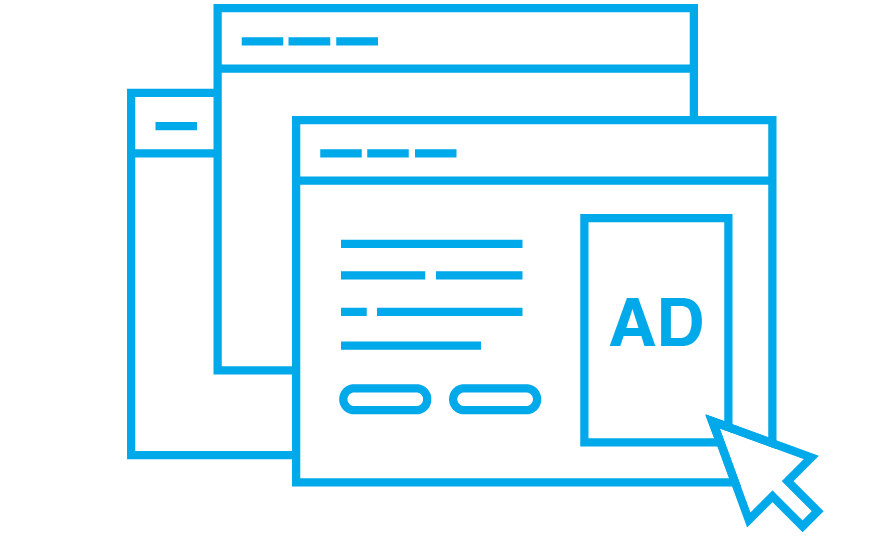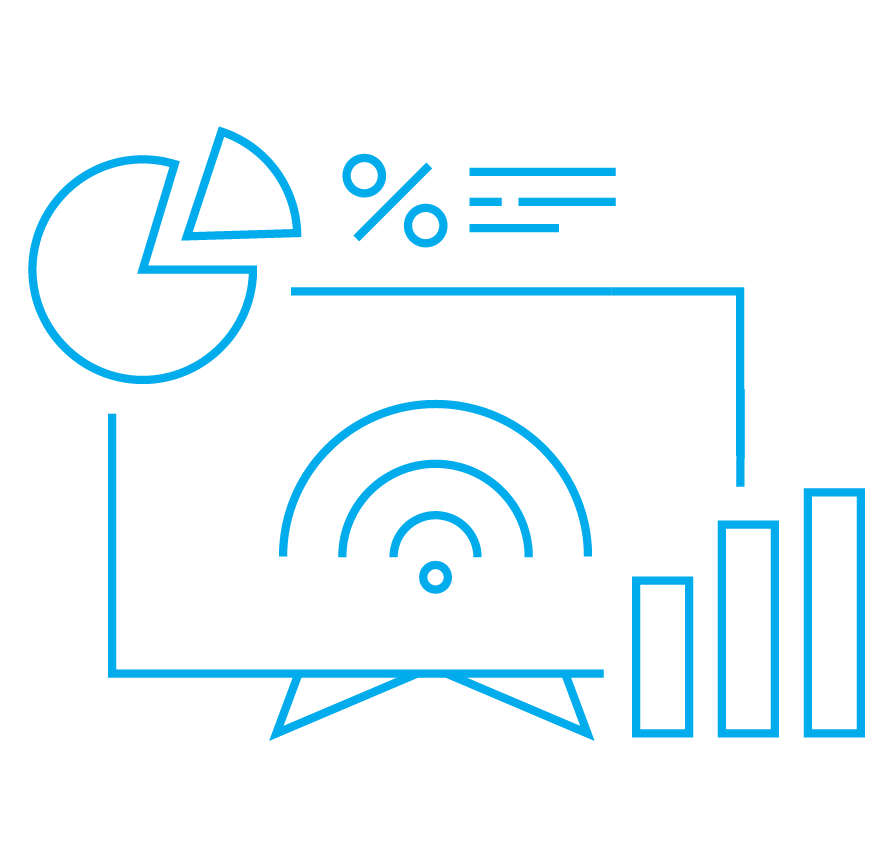- How to use a DMP in marketing - conclusion
DMP is a powerful tool to manage your data and activate it within your internal platforms. Before DMP data is sent to you, it’s getting processed, quality-assured. According to the latest privacy laws, you can be sure that all stored data in DMP is GDPR-friendly.
We gathered here 5 popular methods of using DMP in online marketing. Each mentioned is effective and reliable, as well as all of them being used together:
1. Precise data collecting

In DMP you can generate a dedicated pixel and integrate it with your website to track the browser behavior of each of the website visitors. This helps you to better understand your target audience and use this knowledge to predict possible use case scenarios and tailor a communication.
Example: Client X created a segment of users, who visited the website section with product Y during last 7 days, to show them the relevant ads.
What result it gives: increasing ROI by creating a personalized advertisement of the product, consistent with current user interests.
2. Improving traffic and sales performance by reaching new customers
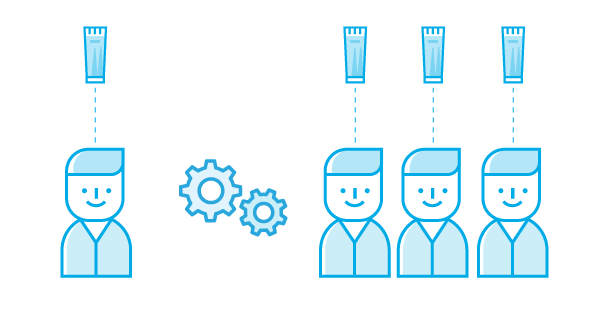
DMP technology operates on a database with over 27 billions user profiles that can be used to reach new target users. As a DMP user, you are able to explore detailed characteristics and customer journeys of your target users to reach their digital twins.
Thanks to the built machine learning algorithms it’s possible to find the users who have similar characteristics or behavior to your target group but have never visited your website or never bought your products.
Example: using a DMP, the client created a segment of users who frequently buy beauty products online. Client used look-alike modeling to find new customers with similar attributes who haven’t visited his website yet.
What result it gives: using a DMP database with 3rd party data, client can reach users similar to the best converting ones, from various markets and show them an advertisement of the product, which they most likely will be interested in. It leads to improving sales and finding new clients.
3. Marketing message personalization
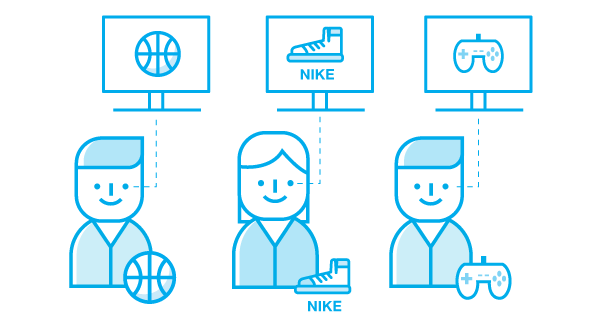
You can use the detailed data to personalize context message and improve marketing performance. DMP offers multiple possibilities to verify the interests and buying intentions, demography, and information about the brands, which visitors are currently interested in.
Example: client has a goal to promote a television set, but isn’t aware about the users interests. The ads of TVs were shown to the users, without contextual information.
What result it gives: using DMP, client can tailor his ads versions to the user profiles. For example, if the user grooves on bikes, client can show a cycle race on a TV screen, or the pets, if the user likes cute animals. Personalized ad content can raise curiosity among the users and induce them to make a conversion.
4. Effective spending of advertising budget

DMP technology provides an option to use segmentation for precise user retargeting. DMP algorithms easily find those users who visited your website and didn’t make any conversion, but still, show buying intentions. As a result, you optimize your budget spending and raise your conversion rate.
Example: Travel agency targets users who didn’t buy a trip on their website, and they still are looking for the other trip options on the internet. Thanks to this data, the agency makes retargeting of an audience that represents a chance for conversion.
What result it gives: A DMP integrated with Data Stream allows identifying which user hasn’t made a purchase yet, even on the competitors’ websites. So ads are shown only to users who haven’t bought a trip yet. It resulted in saving more than 30% of the total remarketing budget, with conversion rate being kept.
5. Exploring user preferences
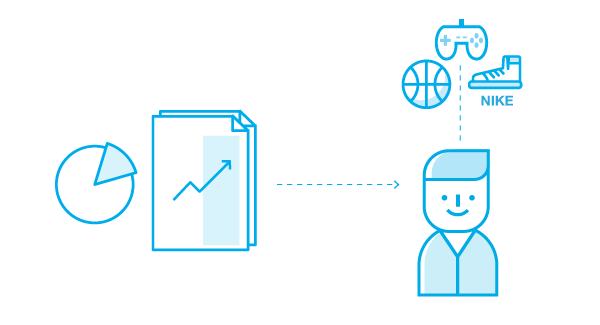
DMP allows gaining audience insights and reports, based on Big Data. You can check various target user characteristics against the whole population per country. An affinity index of particular segment points on several market sectors – segments with the highest affinity index should be taken into account by marketers in targeting the right audience. Your target users can be unpredictable and their interests are not so obvious.
Example: a client gathered data about his customers for further targeting campaign but didn’t know their interests or intentions. Using a DMP, the client gained insights about their profiles by automatically generated Audience Reports.
What result it gives: Audience Reports allow knowing users’ detailed characteristics. Not interests, intentions or demography only, but also attributes that stand them out of the particular group of internet users. This information helps to find new clients with the respective profile or reach the actual users with tailored communication, consistent with their needs and current interests, for example, design or sport.
How to use a DMP in marketing – conclusion
Discovering DMP use cases, you can use for your business needs the most suitable one, or even more than one. Choose the data provider that offers high-quality services with all privacy regulations kept.
That’s what we put in first place in OnAudience.com. Our customer support and data science teams are always happy to help you in choosing the best solution or clarifying technical doubts.


